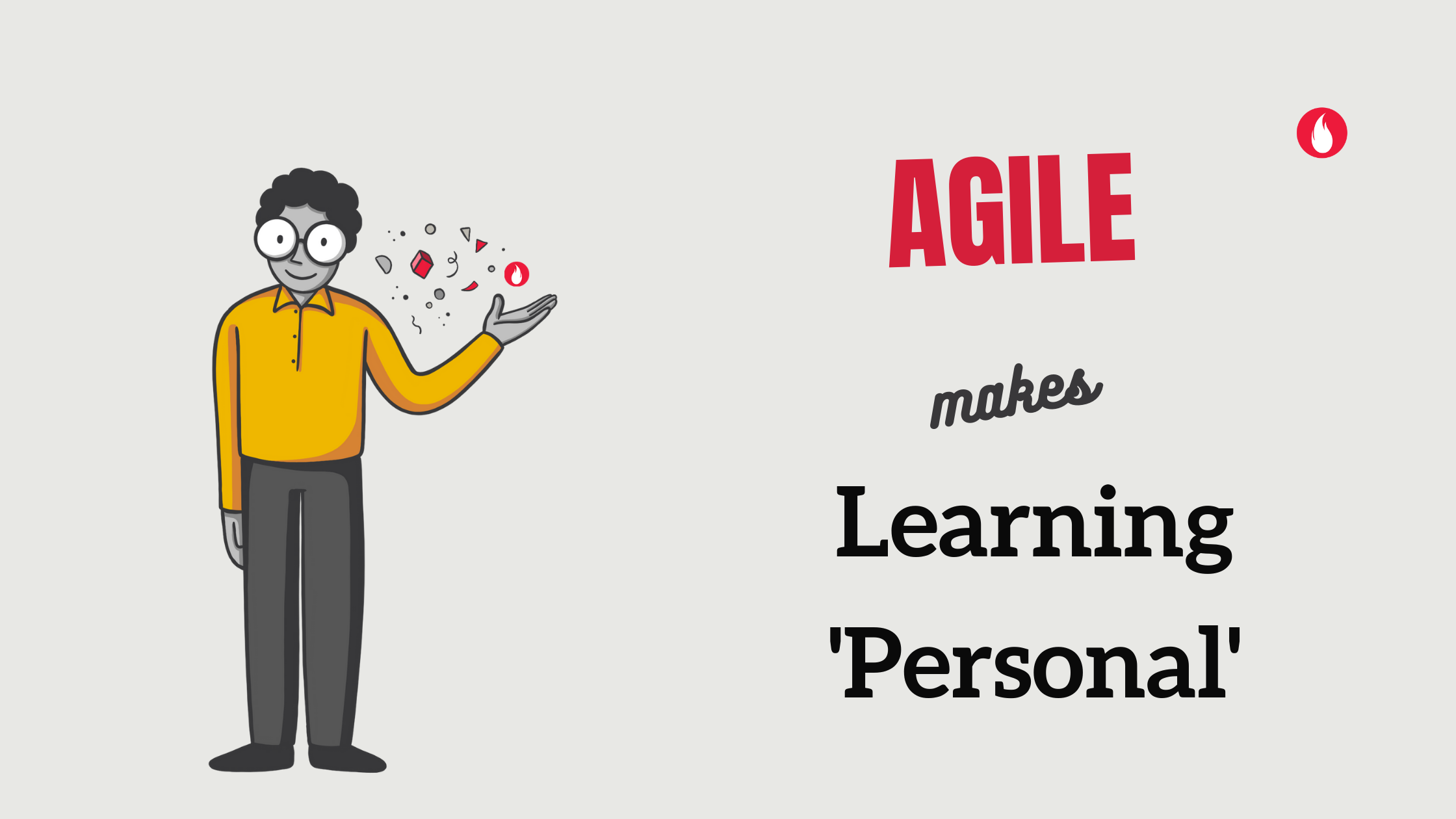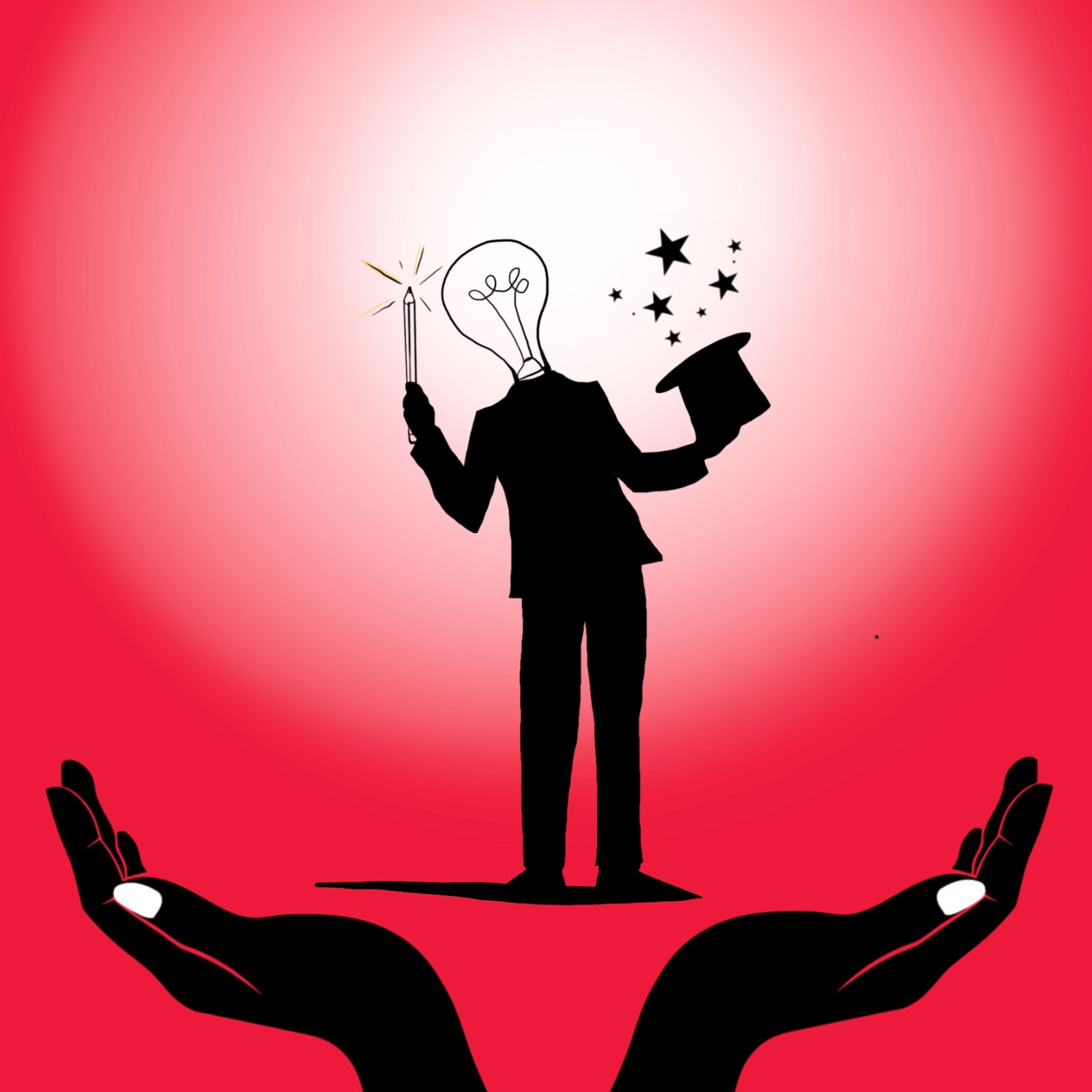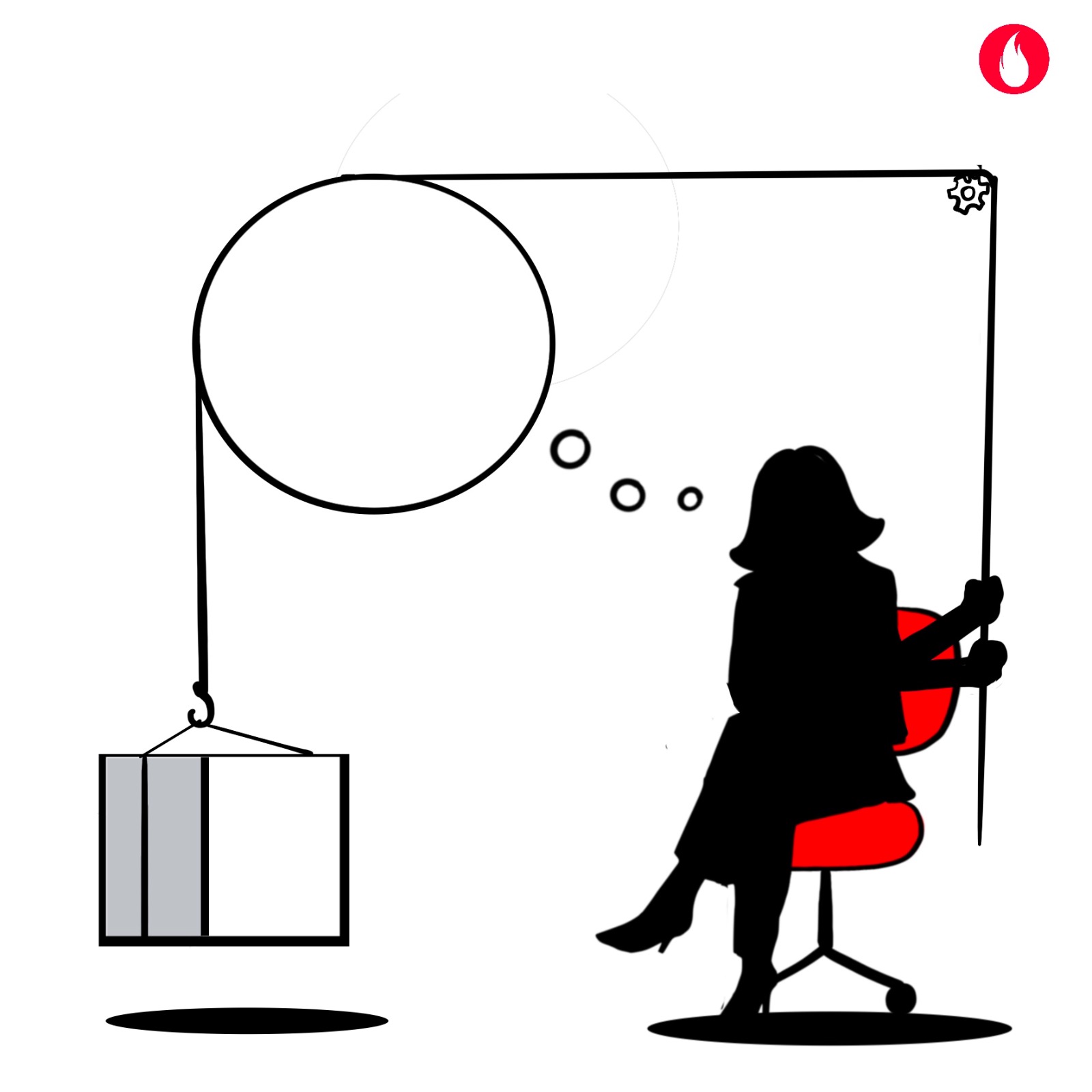“”Two men looked out of the prison bars. One saw the mud the other saw the stars” is a famous quote by Dale Carnegie. Have you noticed how two people can go through similar situations and react differently? This edition of Agile OWL we explore Jean Piaget’s work through an Agile frame. We learnt a few things. One of them: Learning is an active and personal process.
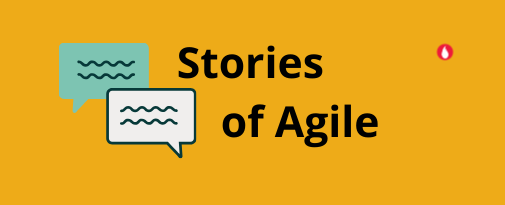
Agile stories
Think of a time when you encountered something surprising or unexpected. Your mind automatically played back to remember what happened last time(s). Your mind compared what was known and stored this new information, to be retrieved, the next time it was needed.
Turns out you are not alone. our minds process and respond to situations this way always. It helps the brain conserve energy, when it compares events with the existing information it has stored versus processing it all over again. The flip side? Research has shown that we are on auto pilot mode 50% of the day!
Consider another scenario – a manager yells and reprimands two team members for a joint task they had delivered. One of the team members has worked longer with this manager. He has experienced the manager supporting him through a couple of tough situations at work. After the joint meeting, the longer tenured team member is able to take the reprimand in his stride and move forward. The other team member is demoralised and upset. He finds himself unable to work and even contemplates applying for a job elsewhere.
It turns out that our reactions to situations is a function of the lenses we carry. These lenses or ways of thinking are shaped by our experiences, our beliefs, culture and the environment we live in. These two examples or scenario’s form the bedrock of the learning theory proposed by Jean Piaget (Theory of Cognitive Development). Let’s explore the gist of this theory.
Theory of Cognitive development
Jean Piaget was a psychologist, born in Switzerland though most of his work is in French. Intrigued by how children learnt, Jean Piaget began his studies by observing his nephew and niece. He watched them closely and observed a pattern in how they absorbed new information. Further replicating those observations in rigorous studies and proposing the Cognitive development theory. The key tenets of this theory are:
- We have an existing frame or body of knowledge created based on our experiences and beliefs.
- People make sense of the new by verifying it with what they already know.
- We humans prefer to reduce dissonance. So we either accommodate the new information by adding it or we simply reject the new information, ensuring we reach equilibrium.
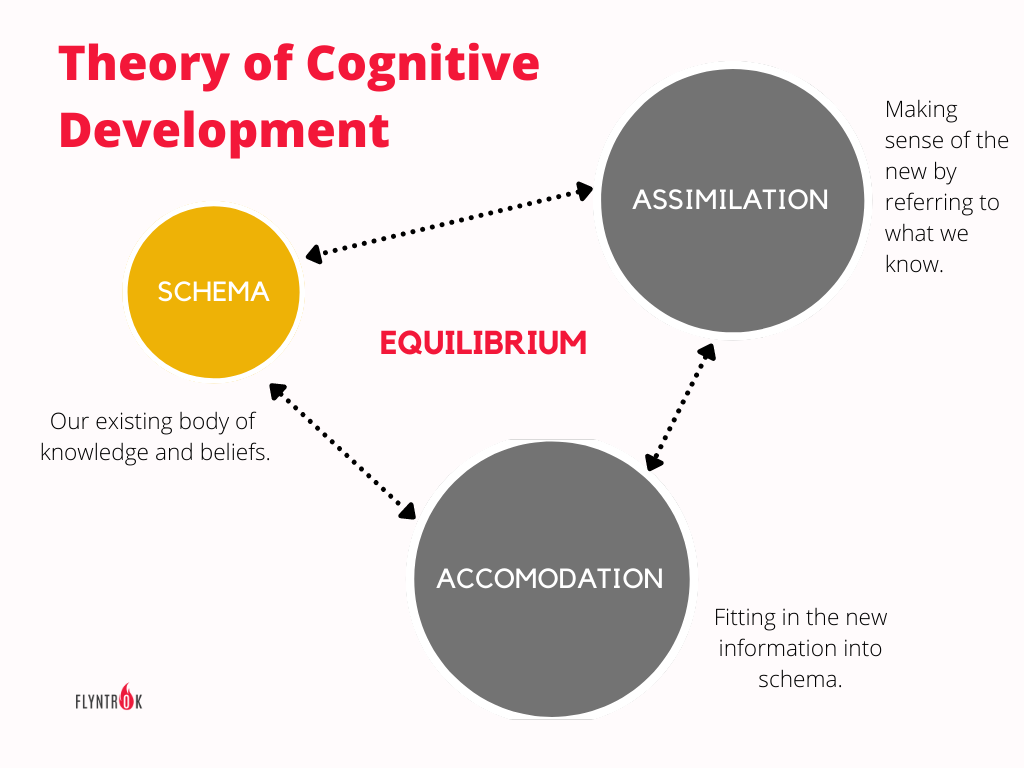
When we turned to Agile methodologies and cohort-based working to explore and understand the practical application of this theory at work, here is what we found.
Agile Methodologies and Cognitive Development
Cognitive development theory has been the bedrock of the future theories in the cognitive constructivism line of thought. Which puts an active role by the learner / employee at the center of change and growth. Here are a few tenets of cognitive development learning theory by Jean Piaget which finds resonance in Agile practices.
1. Learning is actively constructed by the learner:
For learning and change to occur, participants must take an active role in evaluating what they know, what the gaps are hence how will they fill the gaps. Unless these opportunities are provided to the participants, it becomes a mere one-way transfer. Change does not stick.
Agile provides a way for teams to implement and practice this theory at work. Agile methodologies provide teams the opportunity to come together during the sprint planning or daily stand-up meetings to:
- Think of and evaluate what they already know (schema).
- To assimilate the gaps, they have (assimilation) and
- Bridge the gap by building capacity (accommodate).
This ensures that the team has taken an active role in the process and are not mere recipients of instructions.
2. Agile makes learning personal:
Learning is personal because every individual has a different way of interpreting the events & data. This different way of interpretation arises from the different mental model’s individuals carry. Mental models on the other hand differ, because they are shaped by the varied exposure and beliefs each of us have and acquire.
Agile provides teams with the opportunity to have a conversation where diverse views can be shared, most importantly “in a safe space”. This safe space allows team members to share openly and fully listen to the others as well. This exchange leads to assimilation and accommodation of diverse views. This process then leads to a shift in the mental models and thereby change. Agile paves the way for individual learning to be determined by the individual themselves, without any of it being hoisted on them. This criteria has been called out in the Cognitive learning theory also as a key requisite for learning and change.
This process (in our work with cohorts and teams) becomes a process of discovery and active co-creation. A personal journey of change in individuals and teams is always inspiring to see.
Apart from one story which captures the human centric change in the world of Agile, the Agile OWL brings to you every fortnight, the latest reads, books, personalities, and quote from the world of Agile and its methodologies. Stuff that caught our attention. This is edition 43 and we carry seven useful links for you. Tell us what you thought of them.

From social media:
- Testing your hypothesis is a core leadership skill of the 21st century. Here is a blog by Rita McGrath which explores how CNN+ debacle was a function of untested hypothesis. Read it here.
- There are many kinds of organisational structure options today including DAO. Here is a list of 10 options that you may want to consider.
From the bookshelf:
- If Jean Piaget’s Cognitive development theory piqued your interest, here is a related book recommendation. Psychology of intelligence of Jean Piaget covers his thoughts on development and growth very well. Fair warning, it is not an easy read.
From the tool box:
- Here are 7 models of team work that you can use in your team’s! Explore here.
#AgileQuotes to sign off:
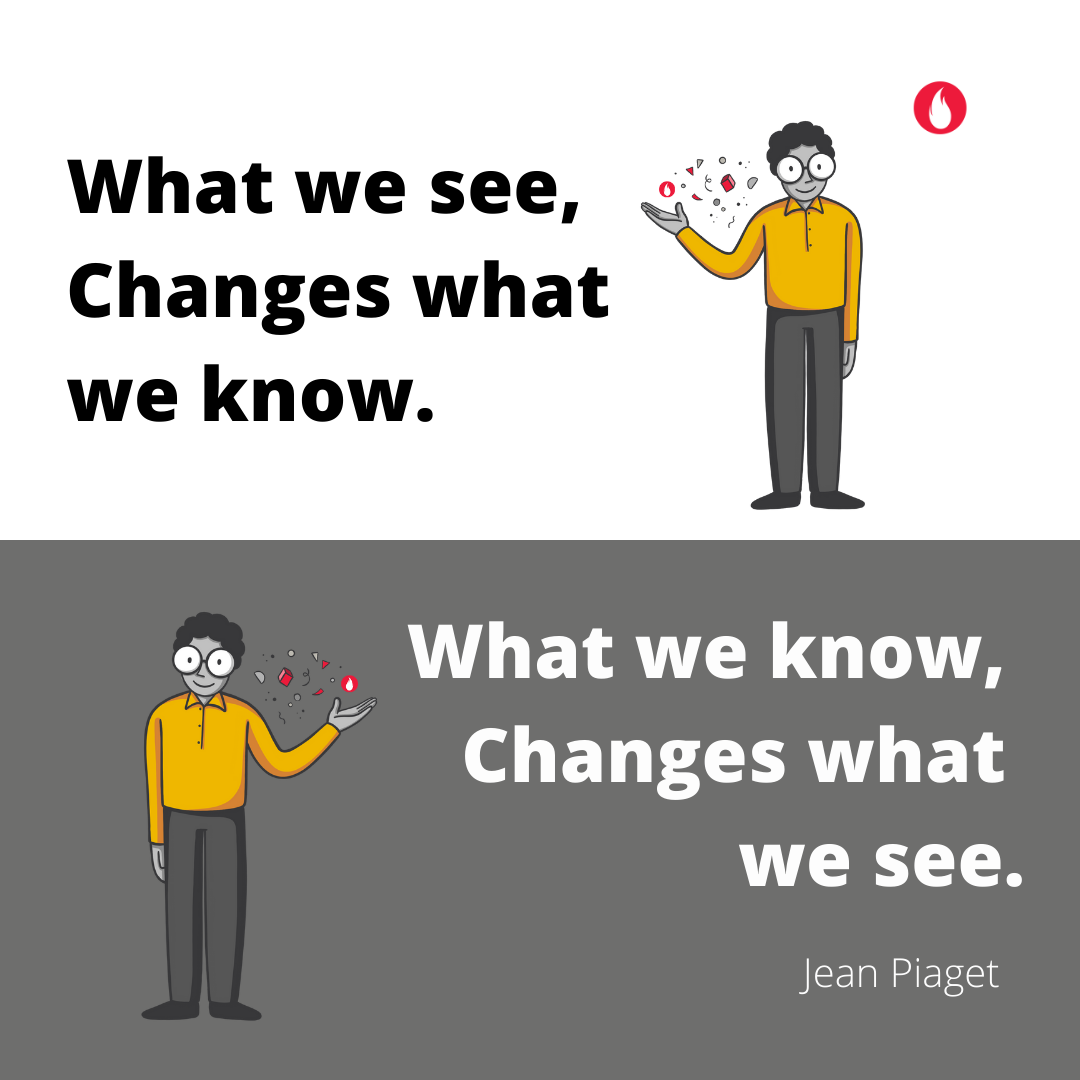
Note : This post is Edition 43 of the Agile OWL from the OWL umbrella. The Agile OWL is a newsletter focused on the human experiences and stories within agile transformations. Sign up to receive the newsletter here
